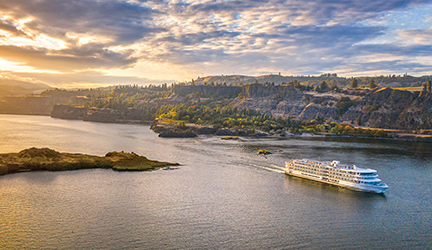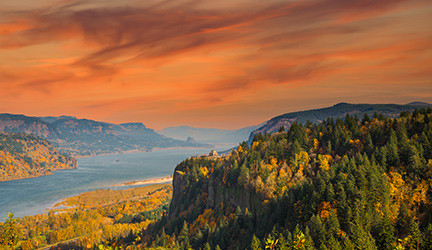This region is home to hundreds of different species, from its notable upstream-swimming fish to its soaring feathered friends. The wildlife along these rivers doesn’t just define the region; they define America. When you cruise the Columbia and Snake Rivers, our small ships allow you to cruise while always having land in sight. So, as you retrace the steps of famed explorers, be on the lookout for some of these friendly faces along the way.
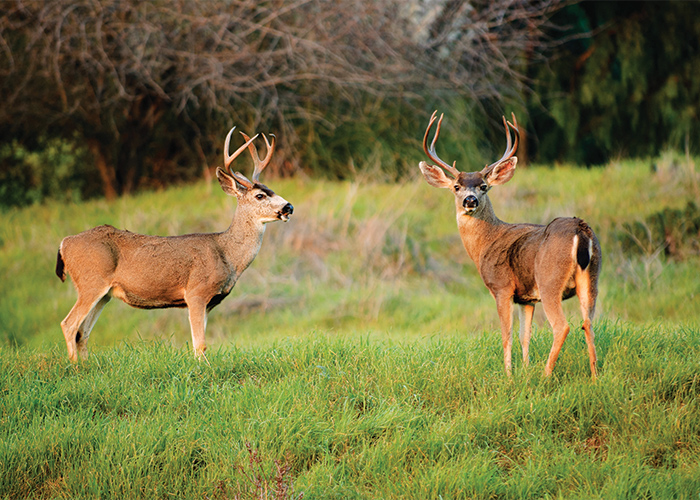
Deer
Commonly seen roaming in the autumn months, the deer along the Columbia and Snake Rivers are often Columbian white or black-tailed deer, with sightings of mule deer also likely. Named for the shape of their ears, the mule deer feast upon the vegetation along the river and enjoy various berries and acorns. While these animals may be quiet and swift, the large, sprawling antlers of the bucks make them hard to miss. The Columbian white-tailed deer gets its name from the very river we cruise—the Columbia River. Listed as an endangered species in 1967, these spry animals were removed from that list in 2003. Their population has more than doubled since the 1980s due to conservation efforts by the Oregon Department of Fish and Wildlife. See if you can spot them trotting by from your private balcony on board.
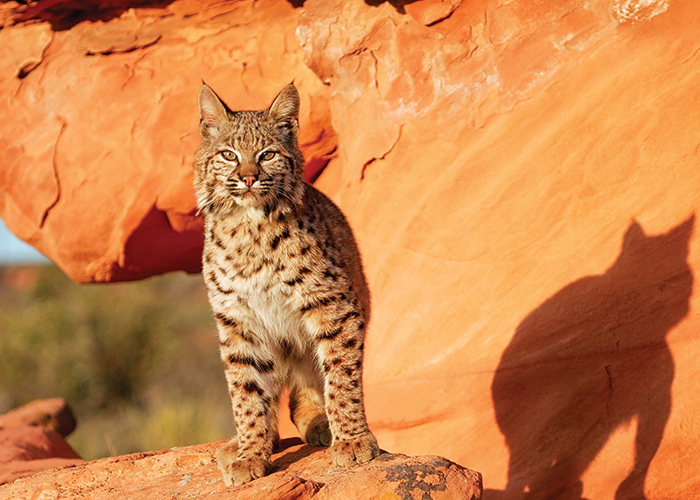
Bobcats
Bobcats are notorious for their mystery. They love to stay secluded in the cliffs, mountainsides, and deep forests that cascade throughout the Pacific Northwest. Yet, as the most common wildcat in North America, they make their presence known as they sit high up on the food chain. These are no house cats, even though their furry faces and striking coats may have you thinking otherwise. As one of the top predators of the forest, the carnivorous bobcat hunts small mammals and birds like squirrels, mice, and rabbits but isn’t afraid to go after a larger meal.
The bobcat is also a figure in many folklore tales that originated in this area, with stories ranging from how the bobcat got its iconic spots to how it became a prominent predator. An old Mohave belief included that just the dream of a bobcat would grant you their hunting powers.
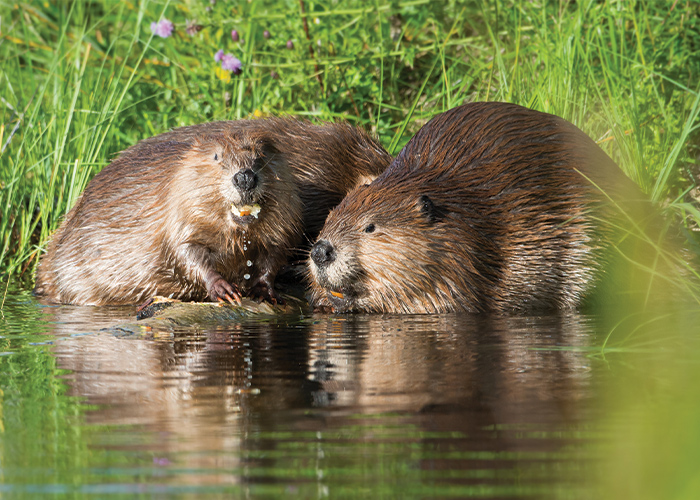
Beavers
These dam-building, semi-aquatic mammals hardly need an introduction. Beavers use their webbed hind feet, large incisor teeth, and broad, flat tails to piece together a strong dam to successfully enhance their habitats. By creating these dams along the river, they’re able to raise the water levels, giving them a new pool to swim in and find food. Beavers are widespread across the continental United States and even found their way to fame as the official mammal of Oregon and New York. The phrase “busy beaver” is no joke—beavers work together, listening to the sounds of the river’s water to find the perfect spot for their dams. They use their large teeth to gnaw through twigs and branches and their front paws to dig for mud to ensure the dams they build in the fall will make it through the winter when they’re less likely to repair them. If you’re cruising the Columbia and Snake Rivers during the fall season, you might see them on the banks hurrying to build these structures.

White Sturgeon
The White Sturgeon, a true river titan, is North America's largest freshwater fish, often stretching over ten feet long in the Columbia and Snake Rivers. Known for their impressive longevity, some sturgeons live well over a century, making them one of the most enduring Columbia River fish species. These ancient fish have bony plates along their bodies, giving them a “dinosaur-like” appearance that matches their prehistoric lineage. They spend much of their time near the river bottom, using sensory barbels to locate meals of small fish, crustaceans, and mollusks. Despite their size, they’re surprisingly stealthy, blending into the murky river depths with ease. These elusive giants are a rare and remarkable sight, embodying the wild legacy of the Northwest's great rivers.
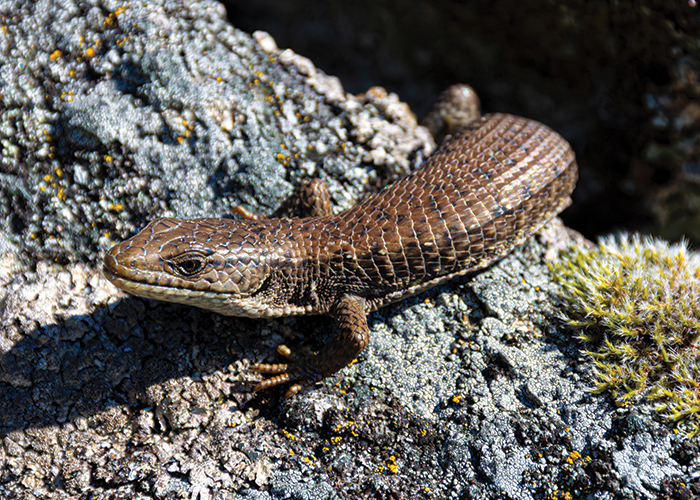
Northern Alligator Lizard
The Northern Alligator Lizard, a small but tough resident along the banks of the Columbia and Snake Rivers, has a look that juxtaposes its petite size. With rough, scaly skin and a long, slender body, it easily hides in rocky crevices and under logs to stay out of sight from predators. These lizards are skilled hunters, snatching up insects, spiders, and even smaller lizards with ease. When threatened, they can detach their tails to distract predators—a clever trick that lets them slip away to safety. Northern Alligator Lizards are cold-blooded, so they spend plenty of time basking in the sun to keep their energy up. In this rugged riverside habitat, they thrive as small yet resilient survivors of the Pacific Northwest wilds.
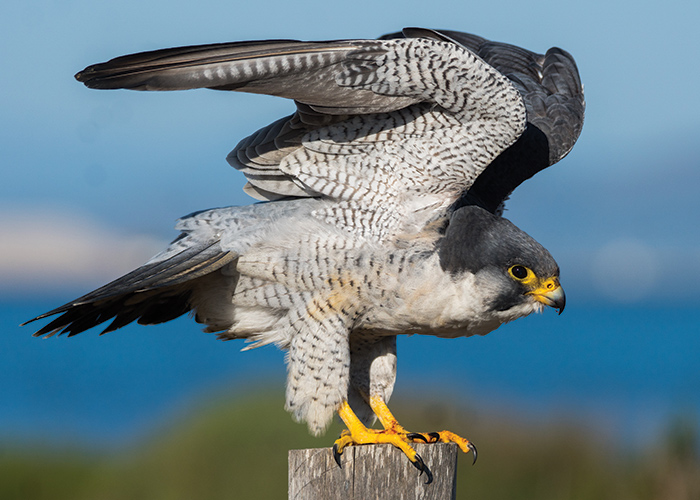
Peregrine Falcon
A master of speed and agility, this soaring bird is a frequent flyer along the cliffs and skies of the Columbia and Snake Rivers. Known as the fastest animal on Earth, this falcon can dive at speeds over 200 miles per hour, making it a fierce predator of the river valleys. Perched high on rocky ledges, it surveys the landscape, spotting prey with incredible accuracy. When it spies a duck or pigeon, it folds its wings and drops like a missile, striking with unmatched precision. These falcons are solitary hunters, yet their presence shapes the river’s ecosystem, keeping local bird populations in balance.
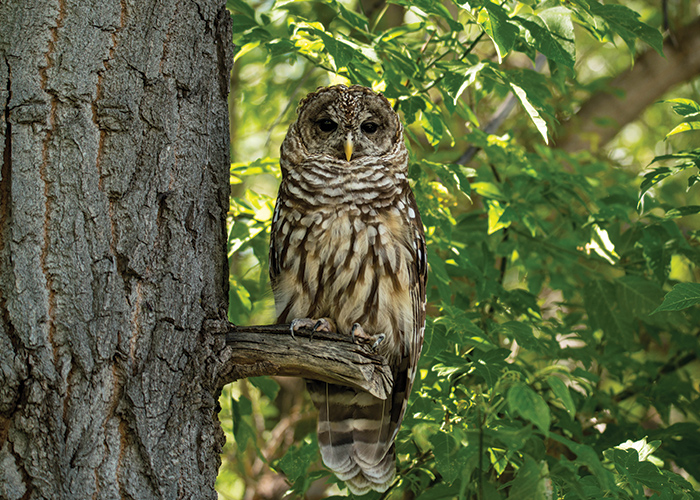
Northern Spotted Owl
With rich brown feathers dotted with small white spots, these birds don’t weigh more than a pound and a half and have a distinctive look that once made them a symbol of the region’s old-growth forests. In the 1980s, the Northern Spotted Owl became the focus of heated debates over conservation versus logging, representing a turning point in forest management across the Northwest. Its habitat here is among towering trees, where it perches quietly by day, saving energy for its nightly hunts of small mammals. Unlike many other owls, the Northern Spotted Owl avoids open fields, relying on the dense canopy to move with stealth through the trees. With short, broad wings and a unique ability to maneuver through thick foliage, it expertly navigates the forests along the river valleys. Today, as efforts to protect it continue, the Northern Spotted Owl stands as a reminder of the ongoing balance between nature and industry in these iconic river regions. Known for its low, haunting calls that echo through the woods, the Northern Spotted Owl is elusive, often heard but rarely seen.
Cruise the Columbia and Snake Rivers
There is so much to see when you cruise the Columbia and Snake Rivers. Within the vast, sweeping landscapes and hidden between the trees of thick forests are some of the region's more unique residents. From the elusive Northern Spotted Owl to the giant White Sturgeon lurking below the river's surface, each encounter brings a piece of the Northwest’s wild character to life. Whether soaring above or gliding beneath, these creatures make the river valleys an unforgettable, living part of the journey. You can see these creatures and more aboard one of our small ships, which cruise these winding rivers perfectly.

